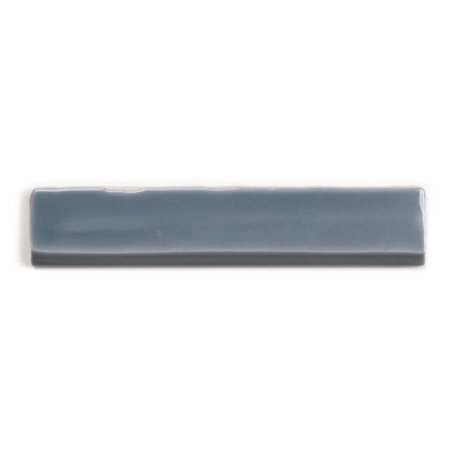
The best thing about following designers on social media, other than the steady stream of room inspiration, is that every once in a while they’ll share a consideration that likely never crossed your mind until that moment. Take designer Taylor Ferrell, founder of SALT Kitchen and Bath, for instance. She recently posted an Instagram reel from her car (relatable!) all about the importance of Schluter tile. See? You might already need more context.
“Schulter is a metal piece that goes on the end of your tile,” she says in the video. “Schulter is going to be the first thing that your tile guy is going to pick out, and probably the first thing that the tile shop will actually give you, and it’s the last thing that I would choose.”
If you pick a tile that doesn’t come with trim, Schluter tile acts as an alternative, which finishes off the puzzle and makes it so your tiles won’t chip at the edges over time. With a little more explanation, you might now be thinking, “What’s so wrong with that?” Well, Ferrell delves into it further in her post, but we reached out to her directly to share more. “Schluter trim isn’t a bad thing when done intentionally,” she says. “The problem happens when it’s used as the default without discussion. This happens a lot.”
In her experience, Ferrell notes that tile suppliers and installers will likely use chrome or black Schulter tile, because that’s often what’s readily in stock. But Schulter tiles come in many other finishes that might be a better match for your aesthetic, so it’s important to seek out the right one yourself.
“That said, Schluter isn’t always my go-to,” Ferrell continues. “I love using tile that can be mitered for a seamless edge, or opting for a coordinating pencil trim or liner for a more custom look. These options do cost more, but they can really elevate a space. The key is knowing your options before you’re stuck with a default choice.”
Designer Erin Gates, principal of a namesake firm, agrees. She thinks Schulter can look a little cold and commercial, and might diminish the overall goal of a design. “Schluter is typically the cheapest and easiest way to finish off the edges of tile,” Gates says. “It’s a designer’s least favorite option, but a developer’s favorite. You may not notice it, but when you see it compared to other options—like a bullnose edge, a quarter-round pencil trim, or a stone jamb—you’ll see why it looks subpar.”
To avoid a scenario where Schluter sidelines your vision, both designers advise getting on the same page as your professionals to make sure the preferred finish is being used. “Bring some inspirational images that reflect the style you want,” Ferrell says. “A good designer or builder wants to know your expectations so they can focus on options.” Gates also suggests having the conversation while you’re choosing tiles, so there’s no need to step in at the last minute.
“When choosing a tile or being shown what tile is being installed, ask how they plan to finish the edges,” she notes. “If they say ‘Schluter,’ ask if you can pay a little extra to use finished pieces of that tile. If none are available, ask for a stone or quartz jamb instead. But sometimes the only possible way to finish a tile in a tricky install is to use a Schluter, and in that case, make sure the metal matches the finishes in your bathroom.”
Now that you know what Schulter tile is and how it can impact your design, you’re better prepared to follow in these designers’ footsteps. Win, win!











